Nancy Patch knew from a young age that she wanted to be a forester. Her work in the field has spanned four decades – including two years in Argentina with the PeaceCorps. But she’s primarily been focused on the northwestern corner of Vermont, where she has worked as a consulting forester and, for the past 17 years, as the County Forester for Grand Isle and Franklin counties. She earned her bachelor’s degree in forestry from University of Vermont, along with a master’s in curriculum development. She also has a master’s in plant and soil science from Texas A&M. She has served on the boards of a variety of forestry-based organizations, including the Vermont Land Trust, and co-founded Cold Hollow to Canada.
I grew up on a little farm in Enosburg Falls. I spent a lot of time by myself in the woods. That was one of my joys – to go into the back pasture and head out into the woods and just play there and be there. I’ve always loved the woods. When I found out there was such a thing as a forester, I thought, “Well, that’s what I want to do.”
My first woods job was working for the Youth Conservation Corps doing trail work. When I applied for that job, I was barely 15, and I needed a reference. Diane Ross was a teacher at my school, and I knew her husband taught vocational forestry at another high school, so I asked if he would be willing to write me a letter of support. He had never even met me, but he wrote this lovely letter. Ross Morgan became one of my mentors when I was 15 and remains so today. I’ve known Ross now for almost 50 years, and he is one of the most exemplary foresters I’ve ever met. I was just fortunate to have that connection with him early and to continue that connection through my entire career.
My high school had a forestry program, but I was a college-track student, and the school said I couldn’t take the forestry classes, because it didn’t fit into my schedule. So, I talked with my teachers, and I came back with a schedule to make it fit – and they couldn’t say no. This was 1975. I was the first girl ever in that class. I was the only girl for the first year, but I kind of broke the barrier, and another girl joined the next year.
I’ve been really, really fortunate in my career. I’m from Franklin County and have family going back many generations. I know Franklin County. I have also worked here as a forestry consultant for much of my career. So, when I was offered the position of Franklin-Grand Isle County Forester, it just made so much sense. The trust factor that you need to have when working with landowners is really important. I’ve been very successful at building that trust because of my history in the area, but also because I understand the concerns landowners have when starting a project that involves cutting trees.
Most private landowners don’t own their property for timber income. They own their property for privacy, for beauty, and because they love it. So it’s important to be really clear about what a landowner wants from their forest so I can help them get there. It may be necessary to take small steps when working with someone who has never gone through a timber harvest before. Forest management for a new landowner can be daunting, and freshly cut trees can be disturbing. One way to approach this is to start small to help people understand the process – and to point out how the work will meet their goals. As any forester or person who’s familiar with forest management knows, a couple of years post-harvest, the forest looks entirely different. But when it’s first done, it can be really disturbing for people.
Franklin and Grand Isle counties span from Lake Champlain to the top of the northern Green Mountains. Our goal, as state foresters, is to be available to the public in whatever format we’re asked to be. My main job is to administer the current use program. We have 13 county foresters to cover the 14 counties, and all of the plans that are prepared by the consulting foresters are sent to us for review and approval. We also are mandated to inspect each of these properties over a period of time. Much of what I do is responding to consulting foresters and landowners and getting out on the landscape on these current use properties. In Franklin County, maple sugaring is a primary use of the forest. I spend a lot of time with sugarmakers and have been introduced to so many people who care deeply about their woods and each other. I also do a great deal of community work both locally and regionally.
It’s a special thing to think that I have very likely walked more land in Franklin County than anyone else. People – including hunters, hikers, bikers – mostly go to the same places over and over, but I’m everywhere. You get to know your own world in a deep way. I really understand how this forest works, and I can help other people understand. However, I’ve spent more time in Grand Isle County these last few years than I had in the previous decade being county forester. The emerald ash borer has taken me out to the islands to be more engaged with both homeowners and forestland owners, and I have really enjoyed getting to know folks in that county.
Grand Isle is made up of islands within Lake Champlain. The islands are different from the mainland, primarily because it’s a much more fragmented landscape. Much of the land is in agriculture production. The forest blocks are relatively small, and these smaller blocks include a high percentage of wetlands that cannot be cropped. Because of these wetlands, there is a really high composition of ash compared to the mainland. So emerald ash borer is going to dramatically change the landscape on the islands. There are going to be lots of dying and dead trees in the next 10 years. Many homeowners have been injecting their trees with an insecticide to kill the emerald ash borer, so there will continue to be an ash seed source in Grand Isle.
One of the problems with forest health on the islands is that fragmentation and agricultural crops result in an over population of deer, heavy deer browse, and invasive plants. The forest is really in a pretty degraded condition, and now add emerald ash borer to that picture. Tree regeneration is not often successful, and forest resilience is low. I do see a young cohort of saplings that is about 25 years old. This is likely due to the ice storm of ’98, when the crowns broke, creating a barrier to deer, so plants were able to establish and grow, because they weren’t being eaten by the deer. That may be what happens as a result of ash mortality – there will be a match-sticking of the dying and dead trees in the forest. There’s a possibility that that barrier may actually result in protecting some tree regeneration, including ash, but other species as well. It’s not really a silver lining. It’s a response. You could think about it as ash doing something to save the rest of the forest.
There’s all kinds of work going on related to emerald ash borer, particularly around the cultural importance of black ash. I’ve been working with a couple of Abenaki basket makers in my area – Kerry Wood and her son Aaron Wood. We’ve been holding black ash pounding workshops. Kerry and Aaron demonstrate and ask participants to help pound ash logs to create splints so that we can accumulate and store an inventory of splints so that Abenaki basket makers can continue to make baskets down the road when black ash is maybe no longer available. At the same time, we’re employing silviculture to manage these sites to maintain the species on the landscape and encourage ash for regeneration purposes.
The biggest threat to our forest is regeneration capacity, and it’s driven by climate change, deer population, invasive plants. Deer population is a huge problem everywhere. Invasive plants can change the ecosystem. It is so important to keep invasive plants out of areas where they have not become established, such as in the larger forests of the northern Green Mountains. Where invasive plants have become established, they need to be managed to allow for forest regeneration. One of the things we’ve been doing in Franklin and Grand Isle Counties is to demonstrate the use of exclusion fencing – showing landowners that you can grow a small gap of trees by keeping the deer out and pulling the invasives, just in that little area. Once you have established regeneration, you move the fencing, and do it again somewhere else. It’s an expensive way to grow trees, but in some places that may be the only way we will succeed. Regeneration capacity is also diminished by climate change stress. Our trees have evolved to be in a particular growing circumstance, and that’s changing. For example, some trees have a short seed viability, if they don’t hit the ground at the right time with the right moisture content, they’re not going to succeed.
Then there’s the people problem. We have competing camps within our society. There are folks who are fighting to not cut any trees, because they feel very strongly that leaving the forest untouched is the best way to sequester carbon, which is true – trees sequester carbon, so that’s an easy statement to make. It’s a much more complex story about how to sequester and store carbon – and to meet the needs of society. We’re having debates instead of collaborations. I think the only way we’re going to reach success is if we can listen to each other and recognize that everybody is trying to do the best they can in the ways that they understand. It becomes a very complex, nuanced issue. It’s not black and white, and there is not an easy answer.
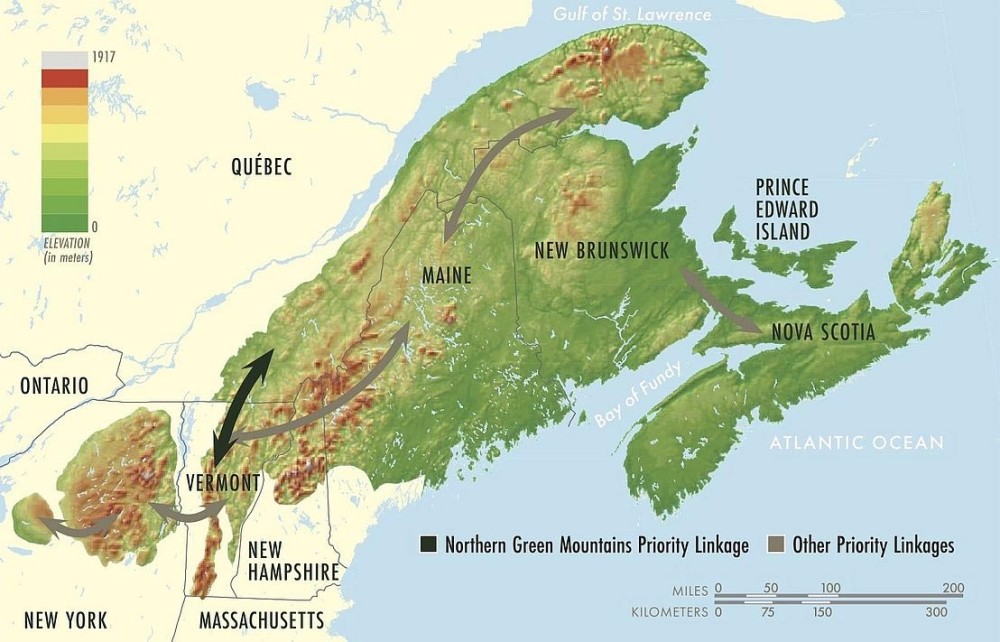
I’ve been working with an initiative called Future Forests Reimagined, which is bringing people together to collaborate. I have been on the board of Two Countries, One Forest for about 10 years. That organization, along with the Wildlands Network, started the Future Forests Reimagined project. It’s a bioregional project that includes the northern Appalachian-Acadian-Wabanaki region, which goes from the Tug Hill Plateau to the tip of Cape Breton – four states, three provinces. This forest is a globally significant forest. The most intact broad-leaved temperate forest in the world. It is important to keep this forest intact and connected. Several areas of connectivity have been identified across this bioregion. One of those linkages is the northern Green Mountains, where I have lived most of my life and where my day to day work is focused.
One goal is to greatly expand the ecological forestry management strategies and techniques across the entire Northern Forest, as well as to identify the remaining undisturbed forests and protect them from future harvesting and development, and to also identify specific forested areas that are ideal for rewilding through passive management or subsistence management. The other part of the initiative that is unique is that we were highly intentional about including all voices of all nations. We have an equal representation from the indigenous community across the bioregion. There are voices from the U.S., Canada, and the indigenous communities in both countries.
Sometimes when there are disparate missions – people who want to protect old forest and people who want to manage forests – there’s often this tension or angst between them. The only way we’re going to reach our goals is to collaborate and to understand that all of these things are critical. Protecting old forests is necessary. Getting forest to be old is necessary. Managing our forests for complexity and to be resilient is necessary – with species complexity and structural complexity. Much of the forest, with some notable exceptions, is a very young, simple forest. What we want to do, through ecological forestry practices, is expand the age class diversity, the species diversity, and the structural complexity. That’s what Future Forests Reimagined is about.
I co-founded Cold Hollow to Canada with consulting forester Charlie Hancock. We wanted to start working with landowners in a more peer-to-peer, landscape-level format to protect the forest from fragmentation. The CHC mission is really about conserving the forest landscape and keeping it whole and connected. We have found that success can come from working together. CHC has developed five woodlot groups across a seven town region. These groups meet four times a year to walk each other’s property, have a potluck, a little social gathering, and really connect as neighbors. People get to know each other, they get to know their landscape, they get to see what other people do on their landscape, and they get to think about it in a more holistic landscape pattern.
Every one of the landowners in the CHC Woodlots group gets a climate change analysis of their existing forest management plan. We show people what they’re already doing through active management on their landscape that is helping to mitigate and adapt to climate change stress. When they feel like they are doing something meaningful, they want to do more. We have a motto at Cold Hollow to Canada: You only see what you know, you only love what you see, and you only protect what you love. One of the things I’ve noticed through my whole career is that when I can point something out to someone on their landscape that they hadn’t seen before, and show them how meaningful it is – it becomes known to them. It becomes more important; it’s not just that backyard forest. It’s something they want to protect forever, and that affects the greater forest bioregion.
I look at the bigger picture. That’s what I care about. You affect that bigger picture by working in your backyard. For people to understand that and feel empowered by that is an incredibly powerful thing to do. You can really, truly make change. My life, my world has always been about that – about making lasting change for the health of our planet.


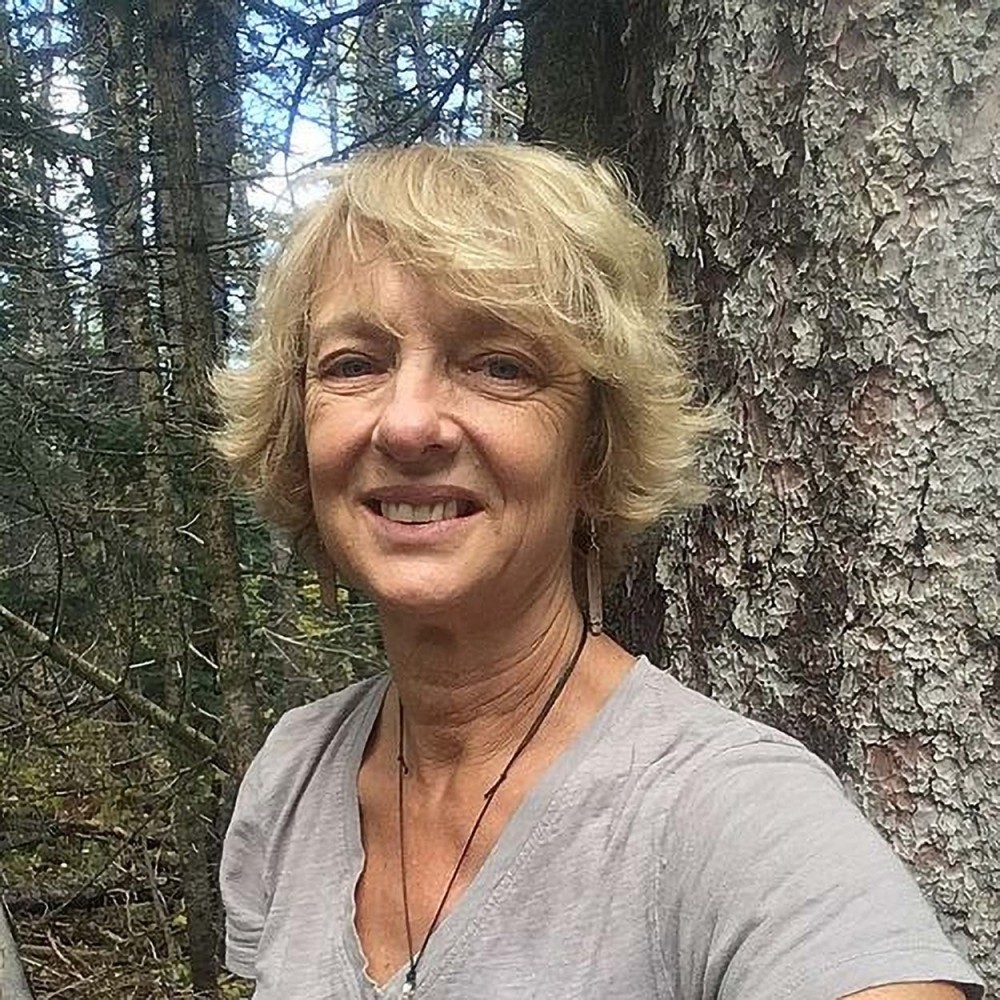
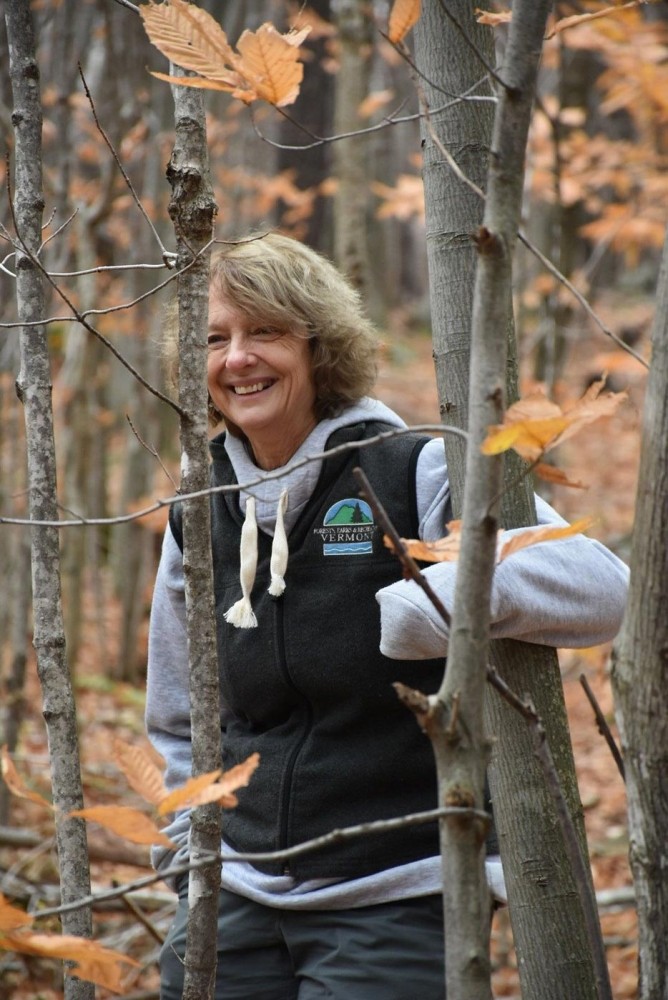
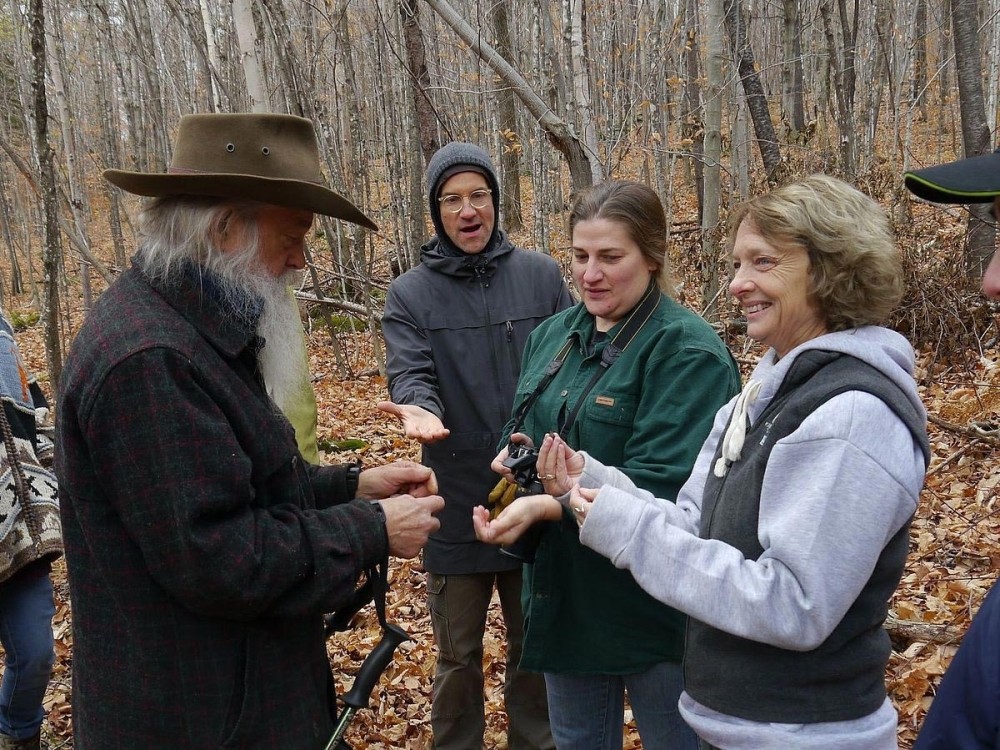
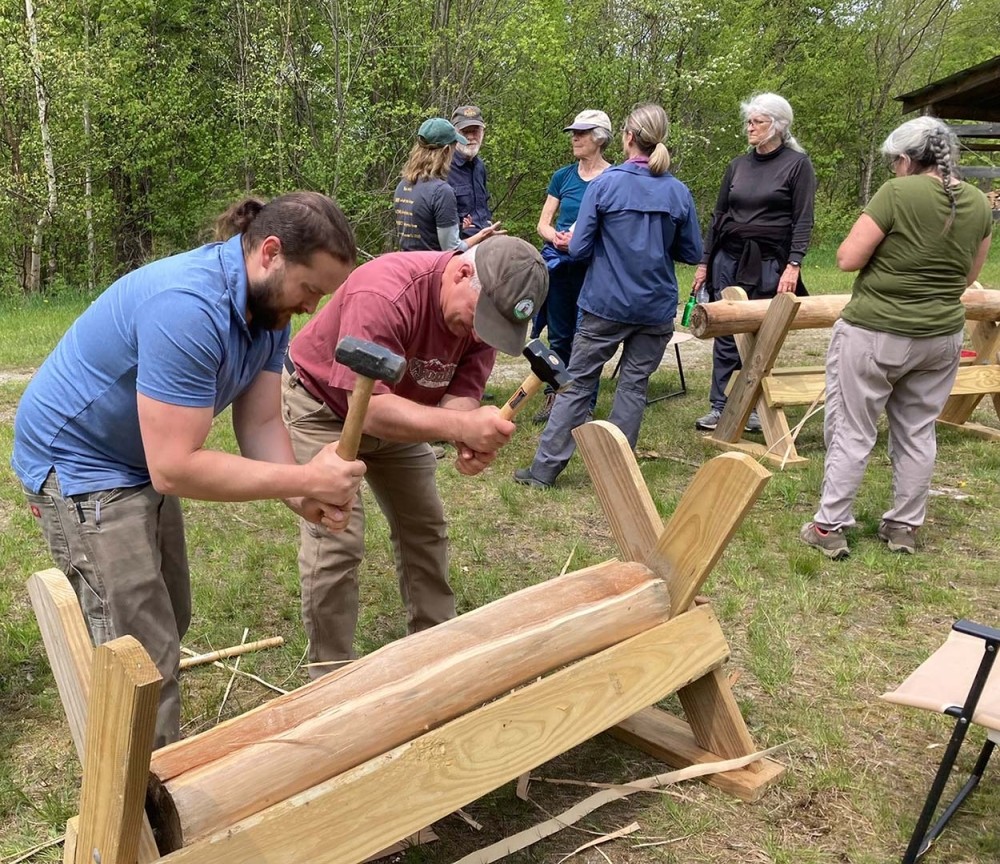
Discussion *